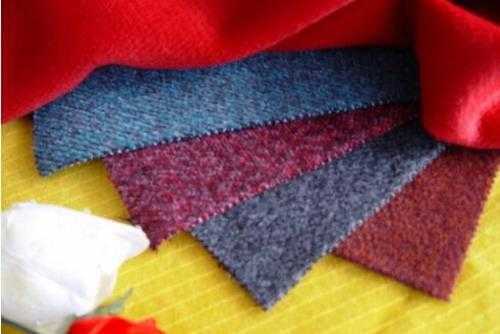There are three main points for attention in the formaldehyde content test of textiles:
1. Sample storage
2. Selection of sample test quantity
3. Color rendering
Details of textile testing precautions:
1. Sealing of samples
In the process of taking representative samples, the samples should be sealed up in a timely manner, otherwise the accuracy of the test results will be affected.
Samples should be randomly selected from each batch of products and sealed immediately, otherwise the test data will drop due to the volatilization of formaldehyde, which will affect the representativeness of the determination of formaldehyde content.
2. Selection of the number of samples tested
If the formaldehyde content in the sample is too low, the number of samples should be increased from 1g to 2.5g to ensure the accuracy of the test results. This method complies with the provisions of GB/T2912.1 "Determination of Formaldehyde in Textiles Part 1: Free Hydrolyzed Formaldehyde (Water Extraction Method)".
Using different sample quantities and using the same test method will lead to different conclusions. Because according to GB/T2912.1 "Determination of Formaldehyde in Textiles Part 1: Free Hydrolyzed Formaldehyde (Water Extraction)", the measurement range is between 20-3500mg/kg, considering that the formaldehyde content is too low The linear relationship between absorbance and formaldehyde content may deviate from the factor of Beer's law, and the test conclusion of selecting a 2.5g sample is reasonable.
3. Color rendering
It is advisable to suck the extract into the test tube before the acetylacetone (Nessler's reagent) to prevent the oily acetylacetone from adhering to the test tube wall and affecting the absorbance reading.
The validity period of acetylacetone and the preparation process have an impact on the formaldehyde test, so strict management must be carried out to ensure that it is used within the validity period.
It should be noted that after completing the preparation of the acetylacetone reagent, it must be stored for 12 hours before use, otherwise it will affect the accuracy of the test. This is because the chemical properties of the Nessler reagent used for color development just after the preparation is completed It is not stable enough, and it usually takes 12 hours to reach stability. The glass bottles used for storage should be brown to prevent chemical reactions between light and reagents and affect the color rendering effect.
The test of formaldehyde content is a test with relatively high operational and technical requirements. There are also: calibration of the formaldehyde stock solution before the test, determination of the standard curve, control of the temperature and time during extraction of the extract, selection of spectrophotometer and colorimetry Matching selection of dishes; etc. These factors will have a direct impact on the test results, so necessary attention must be paid to improve the accuracy of the test results.
Qinsun Instruments Co., Ltd was founded in 2010,is a global leading
textile testing instruments manufacturer.More about textile testing insteruments pls leave message to us,we will contact you by 24 hourse!
